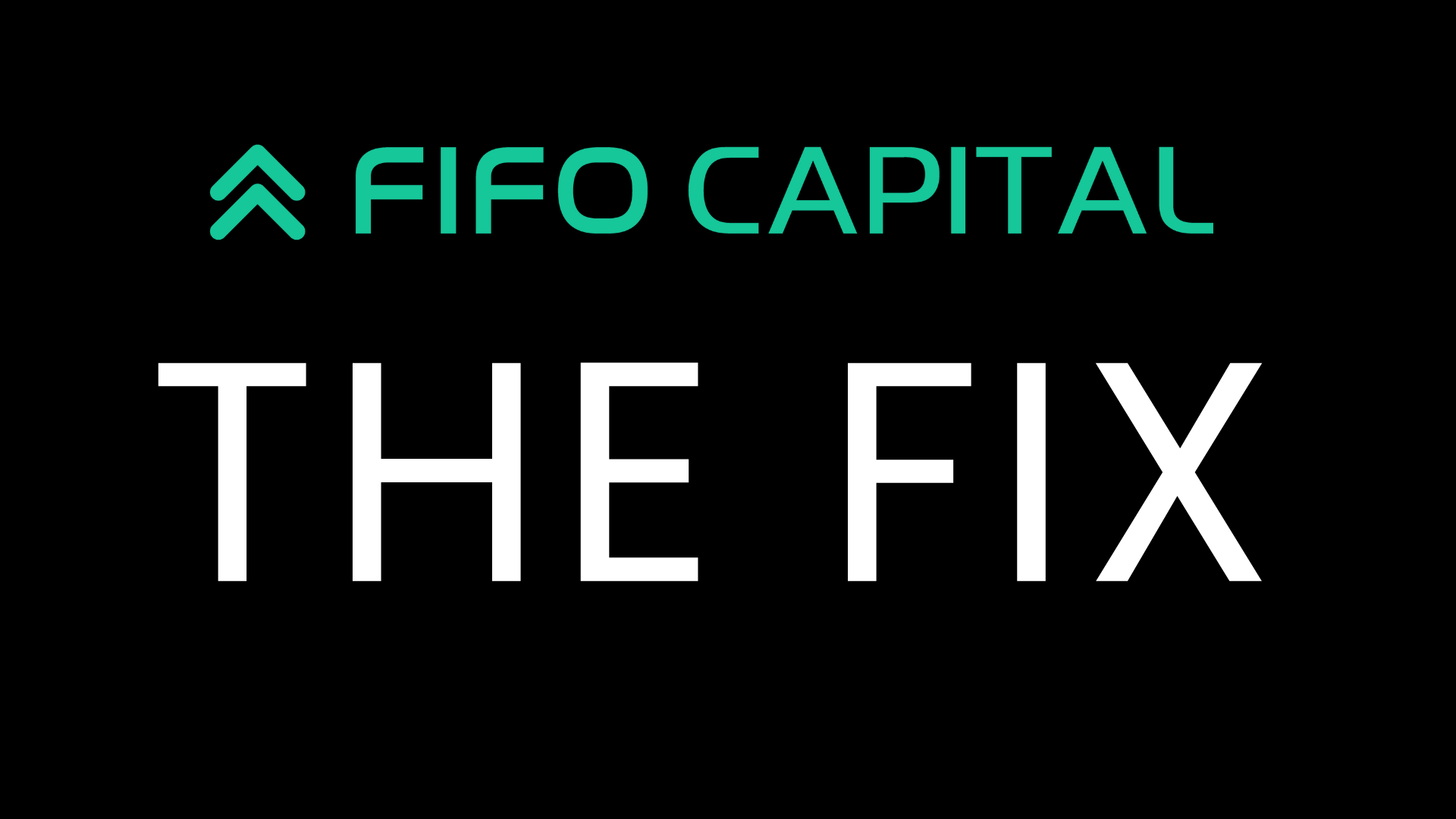Invoice financing options

A lot of jargon surrounds any type of finance.
And invoice finance is no different.
Given the number of lending providers and terms being shopped about, you’d be forgiven for thinking there were 20 or more different invoice financing options.
But thankfully (for 99.99% of us) all you really need to understand is the core premise behind invoice finance — and then the rest becomes more a process for the lender than you.
So what is invoice finance?
Invoice finance is a form of asset-based lending that allows businesses to borrow against unpaid invoices before they are due.
The lender pays the business in advance against future payments.
And that’s pretty much the crux of it.
That said, there are two main types of invoice finance: factoring and invoice discounting (which we’ll cover in more detail later).
Invoice finance made simple
An unpaid invoice that your business is owed, is an asset that you can use.
The simplest way to understand invoice financing is as a way to get paid early, rather than waiting for your customer to make payment.
You provide goods or services on credit terms. You take your invoice to a lender to fund, and then you receive cash in advance.
Whether you use one or multiple invoices as you need to, or you use your whole book — the core premise remains the same.
Invoice factoring
Invoice factoring is a type of invoice finance where you sell your outstanding invoices to a third party in exchange for immediate payment.
The factor in this is the lender or finance company that buys the invoice.
They agree to pay the invoice, less a discount for commission and fees.
So, rather than waiting for your customer to pay the invoice, you get access to the funds straight away.
The benefits
There are no fixed term payments to affect your cash flow. And because the invoices act as a security, your loan history and your credit score aren’t impacted, so there’s no negative impact or barrier to getting funding.
This type of finance has a low barrier to entry, as you only really need to have bonafide invoices in order to access the early funds.
You pay a cost to access the funds in advance, but if you work with a good lender, then often this cost is very affordable.
The trade offs
The trade off, if you see it that way, is that your relationship with the lender will be disclosed to your customer/s.
Factoring
Factoring is the act of selling the right to collect receivables (invoices) for a percentage of their value. The factor is the lender or finance company that buys your invoice.
Invoice discounting
Invoice discounting gives you access to a line of credit by maintaining an invoice finance facility, using all — or a large collection — of your outstanding invoices. This is often referred to as debtor finance or whole of book.
The amount you can access will depend on the value of your combined invoices and the percentage that the financer offers you.
The fee structure differs from factoring, in that the business will be required to commit to minimum volumes, such as a minimum annual fee (for Fifo Capital our minimum yearly fee is $7.5K, to access up to $2M).
But when you consider the opportunities that you can more easily pursue, by virtue of having access to a line of credit — not to mention the extra security and certainty it provides to your business — then the cost to enable this is, for many businesses, either negligible or it pays for itself.
The benefits
For good businesses with good books — this is a really powerful way to ensure you have enough cash in your business to be able to react and take advantage of any opportunities and better plan and operate.
The finance isn’t disclosed to your customers, but often many businesses will pair this type of finance with supply chain, to take advantage of more benefits like early payment terms, discounts on supply costs and more.
As with factored invoices, there are no fixed term payments to affect your cash flow. And because the invoices act as a security, your loan history and your credit score aren’t impacted, so there’s no negative impact or barrier to getting funding.
The trade offs
This type of finance requires more rigour and time, in being able to meet eligibility criteria and to have the finance facility established. Once established you can have fast access to a line of credit that you can draw on as required.
Takeaway
With its de-risking of late customer payments and ability to maximise cash flow, invoice finance is an ideal solution for businesses looking to grow and succeed in uncertain times. Whether you need immediate access to funds or are looking to establish a line of credit, invoice finance can help you make the most of your business’s working capital and drive long-term success. To learn more about how invoice finance works and how it can benefit your business, speak with a solutions expert today.
Our team of solutions experts can help with everything from understanding eligibility requirements for different types of financing, to finding the best solution for your unique business needs. Get in touch with our team.




.webp)